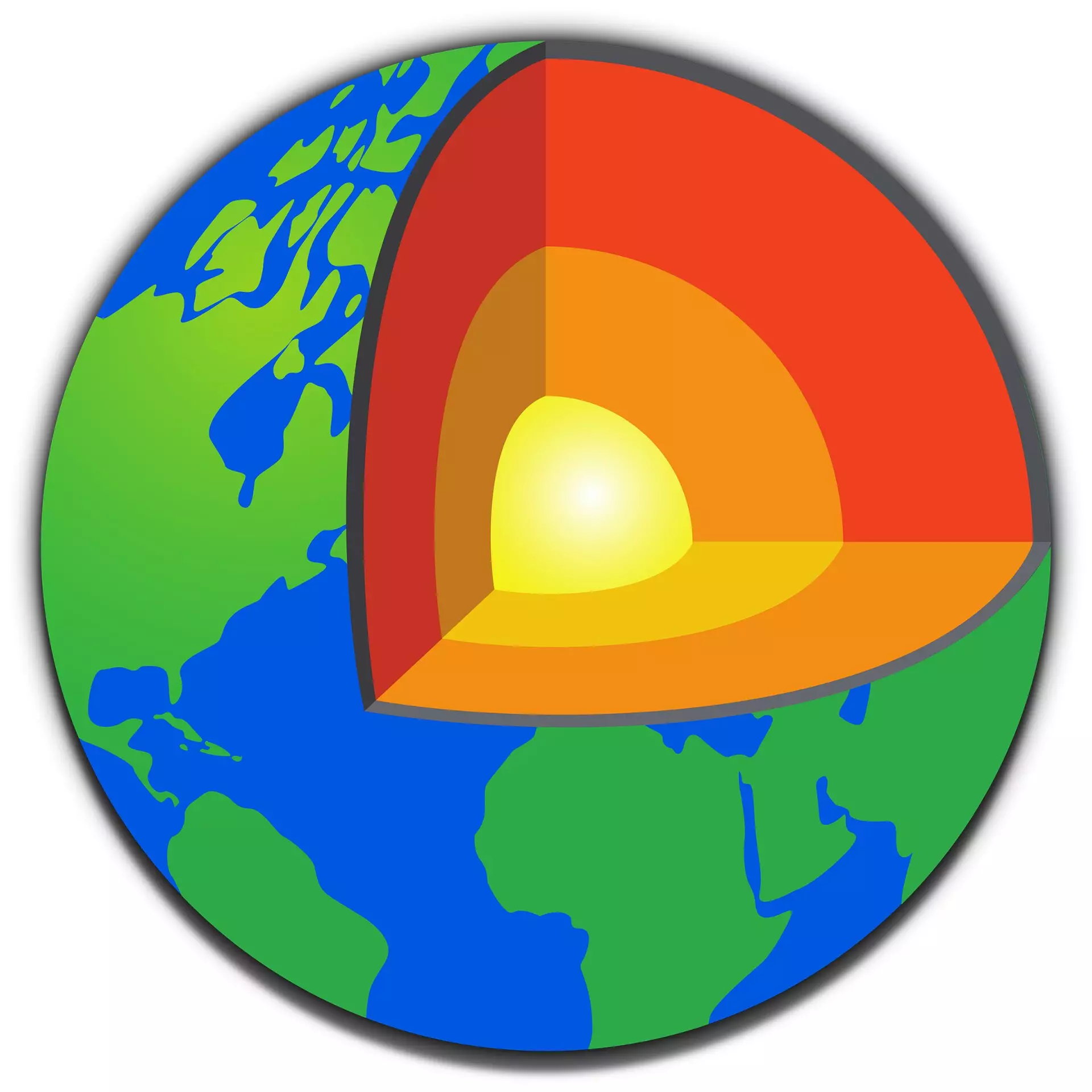Recent groundbreaking research sheds new light on the volcanic hotspots that punctuate our planet, from the lush landscapes of Hawaii to the icy realms of Iceland. The revelation, articulated in a study published in *Nature Geoscience*, posits that the lavas erupting from these hotspots stem from a uniform, global reservoir within Earth’s mantle, a stark contrast to long-held scientific beliefs. This paradigm shift implies that the chemical complexity of Earth’s lavas is less a reflection of diverse mantle reservoirs and more a product of their journey to the surface. Dr. Matthijs Smit, associate professor and Canada Research Chair at the University of British Columbia, phrases it eloquently: the findings may very well “turn our view of hotspot lavas and the mantle upside down.”
Understanding the properties of Earth’s mantle has posed a significant challenge for scientists due to the impossibility of direct sampling. Instead, researchers engage in analytical detective work, relying on trace-element and isotope analyses of lavas that find their origin in this enigmatic layer. Historically, the significant variation in lava compositions has fueled prevailing theories of distinct mantle reservoirs, categorized by age and formation processes. However, Dr. Smit and his colleague Dr. Kooijman have cast new light on this concept. Their meticulous study identified that the differences observed in hotspot lavas can largely be attributed to interactions with various rock formations during the magma’s ascent rather than originating from disparate reservoir compositions.
The mantle, which constitutes approximately 84% of the Earth’s volume, exists between the iron-rich core and the outer crust. Comprising molten and semi-molten rock, the mantle’s composition is central to our understanding of Earth’s developmental history and the mechanisms behind geological phenomena, including plate tectonics. The recent findings reveal that previous assumptions of unique elemental reservoirs may be flawed. Instead, they propose a model suggesting homogeneity within the mantle’s chemical makeup, suggesting a singular magmatic ancestry from which diverse lava types evolve under varying geological conditions.
Beyond enhancing our comprehension of oceanic hotspot lavas, this analysis draws connections to the basaltic lavas prevalent on continental surfaces. This inclusive view indicates that even magmas linked to diamond-bearing kimberlites and other continental phenomena share a common magmatic origin with island arc lavas. This insight offers a new lens for interpreting geological and geochemical evolution across both oceanic and continental plates. It propels forward our understanding of Earth’s elemental cycles while also changing the future trajectory of geoscientific research.
Dr. Smit endorses the notion that these revelations significantly alter existing models concerning Earth’s chemical evolution. The previous necessity to invoke ‘primordial reservoirs’ to clarify geological observations appears diminished, with the new findings promoting simpler yet robust models of mantle convection. This newfound understanding of the mantle’s uniformity opens the floodgates for fresh hypotheses regarding the global geochemical processes that govern our planet.
The implications of this study are monumental, reconfiguring our approach to various scientific inquiries about Earth’s geological history. The findings prompt a reevaluation of established theories regarding mantle composition, the cycle of elements, and the processes contributing to volcanic activity. As the scientific community absorbs and assimilates these insights, the groundwork is laid for future research that may propel our understanding of the planet’s inner workings even further.
The dialogue surrounding Earth’s mantle and the lavas emerging from its depths is only just beginning. With new techniques and perspectives illuminating age-old mysteries, the field of geoscience stands on the precipice of discovery, ready to chart a course through the complexities of our planet’s geological history.


Leave a Reply